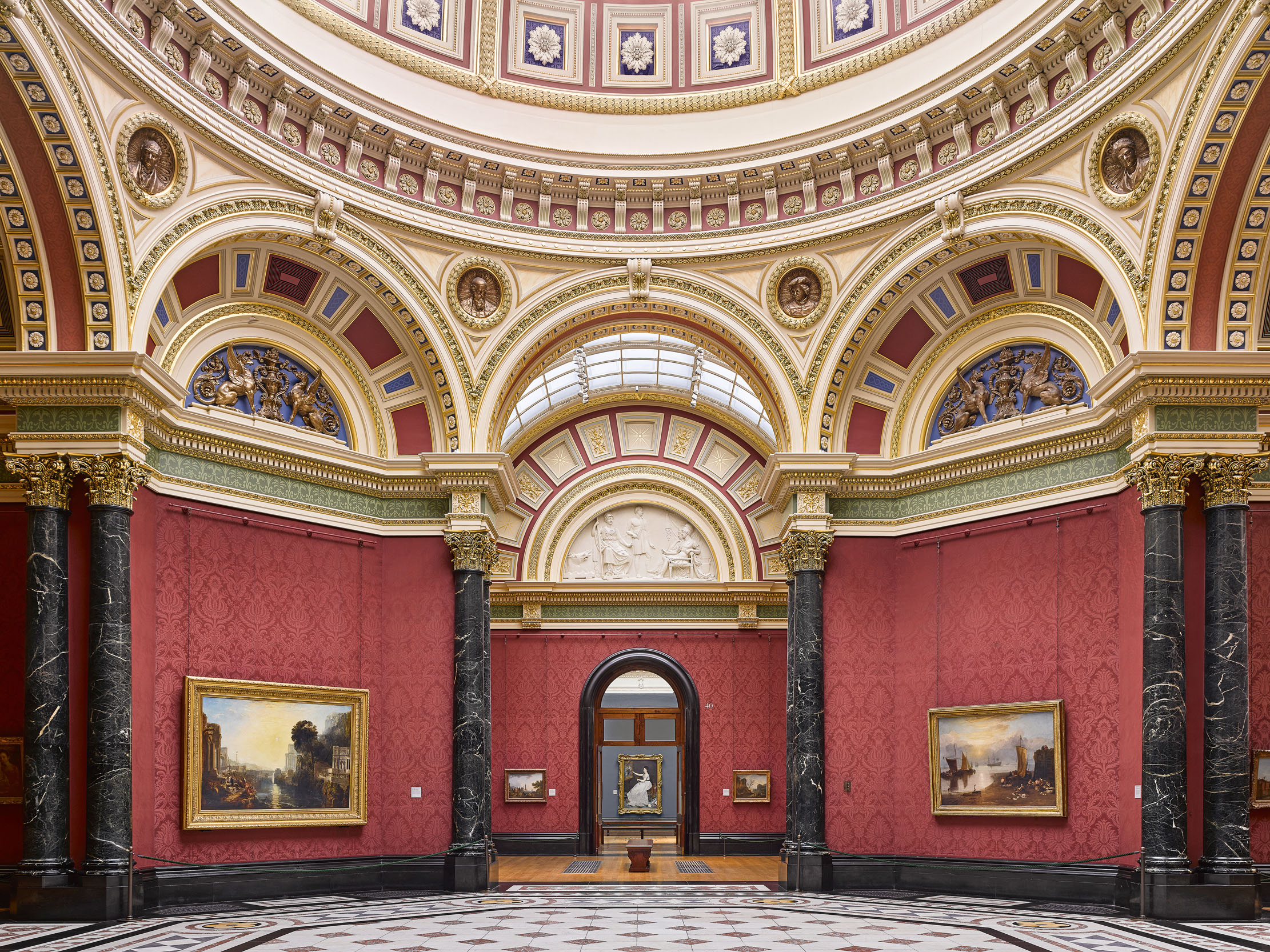The proposed National Gallery extension is a ray of light in a stormy sector
The announcement of a new wing for one of the nation's top art galleries 'is a transformative initiative undertaken through private philanthropy to clear and universal benefit. What is there not to celebrate?'

Fresh from the success of the 200th anniversary rehang and new Trafalgar Square entrance, the National Gallery (NG) in London, WC2, last week bullishly announced the next stage in its long-planned redevelopment strategy.
In the 1990s, the NG acquired St Vincent House — an office and hotel block built in 1967–70 by Charles Pike and Partners — immediately to the rear of the Sainsbury Wing. The intention was to secure a potential site for a future extension that could be directly linked to the main building.
What has now brought the project to life is the success of the NG in securing private funding of £375 million towards the estimated £400 million total cost. This includes two donations of £150 million respectively from Crankstart, the charitable foundation of Sir Michael Moritz and his wife, Harriet Heyman, and also from the Julia Rausing Trust.
These two key donations are the largest of their kind ever made and are a remarkable achievement in themselves. It merely emphasises the generosity of the donors that the Government’s grant-in-aid to the NG last year was £28.9 million (and falling). Extending a major museum in the heart of the capital will be expensive, particularly if this is going to be a building that answers the quality of the collection it will hold. By way of comparison, the ‘renaissance’ of the Louvre in Paris announced by President Macron has an estimated price tag of £675 million.
'It has the potential to transform the surrounding public realm, helping to connect, for example, Trafalgar Square and Leicester Square'
This fundraising initiative is also a heartening reminder that, for all the concerns about the future funding of museums in Britain, it is still possible at least for our national institutions to secure major private benefactions.
The project, which is intended to be completed by the early 2030s, is getting under way with an architectural competition for the extension. Tucked away in the streets behind the NG, this will necessarily be a more reticent addition than the Sainsbury Wing, which forms part of the main frontage. That said, it has the potential to transform the surrounding public realm, helping to connect, for example, Trafalgar Square and Leicester Square.
Such benefits, however, will be incidental. The central purpose of the extension is to hang more art; in this case about 250 more paintings. As well as creating a larger space with natural lighting for exhibitions, new services and facilities, the extension can provide gallery space to increase the scope of the narrative coverage of the NG into the 20th century.
Exquisite houses, the beauty of Nature, and how to get the most from your life, straight to your inbox.
By recent convention, it has been the case that the sister institution Tate has acquired art created after 1900. This division has never been clear cut, however, and it seems perfectly appropriate to Athena that as the 20th century recedes into history the NG as a gallery of European painting should extend its chronological range (and should do again in the future).
Simply put, this is a transformative initiative undertaken through private philanthropy to clear and universal benefit. What is there not to celebrate?
Athena is Country Life's Cultural Crusader. She writes a column in the magazine every week

